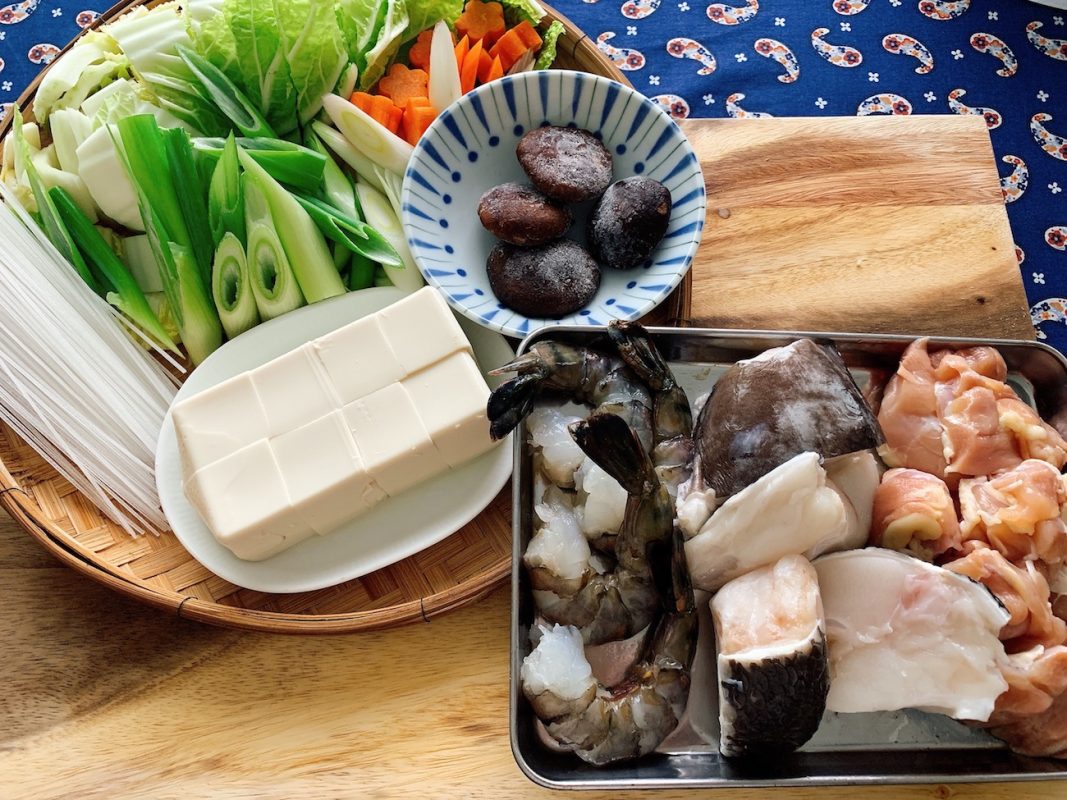No products in the cart.
[Hướng Dẫn Nấu Yose Nabe (lẩu Yose) Nhật Bản, Nguyên Liệu] Yose nabe, còn được gọi là lẩu Yose, là một món ăn truyền thống Nhật Bản được yêu thích. Món ăn này thường được chế biến vào mùa đông, khi thời tiết lạnh giá và mọi người muốn tìm kiếm món ăn ấm áp, […]


